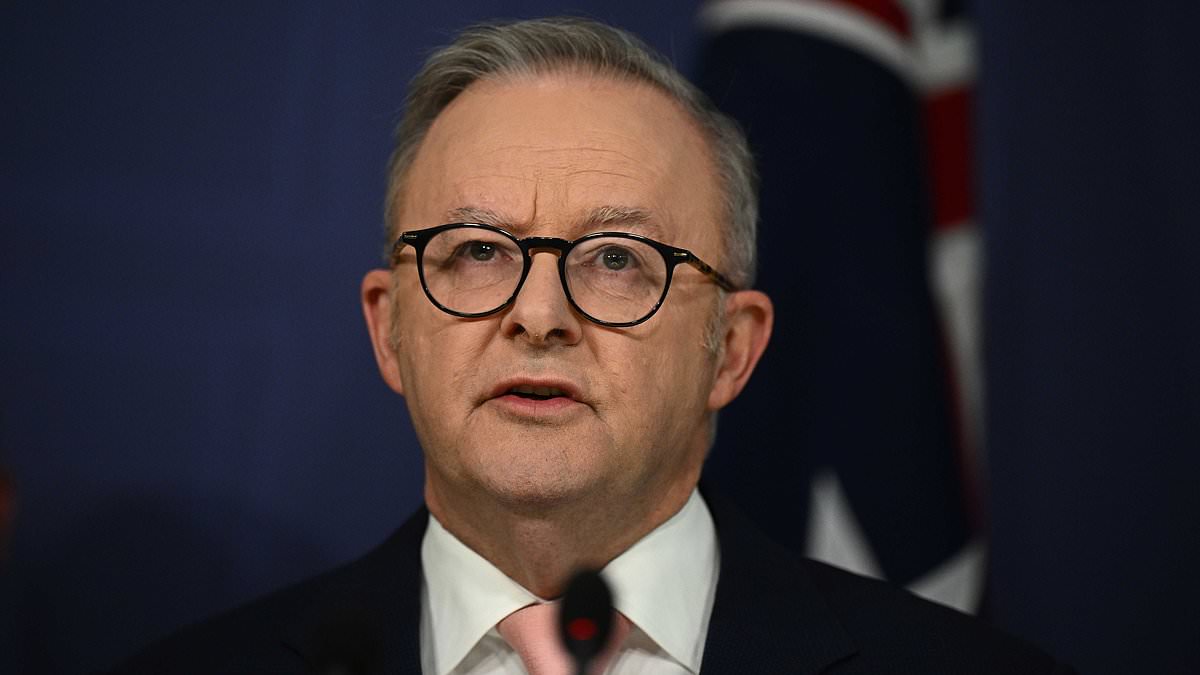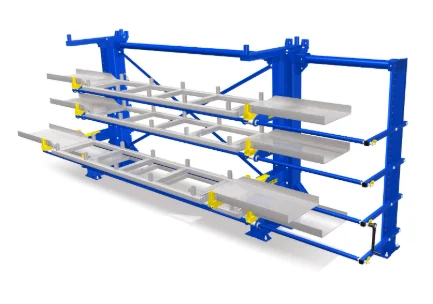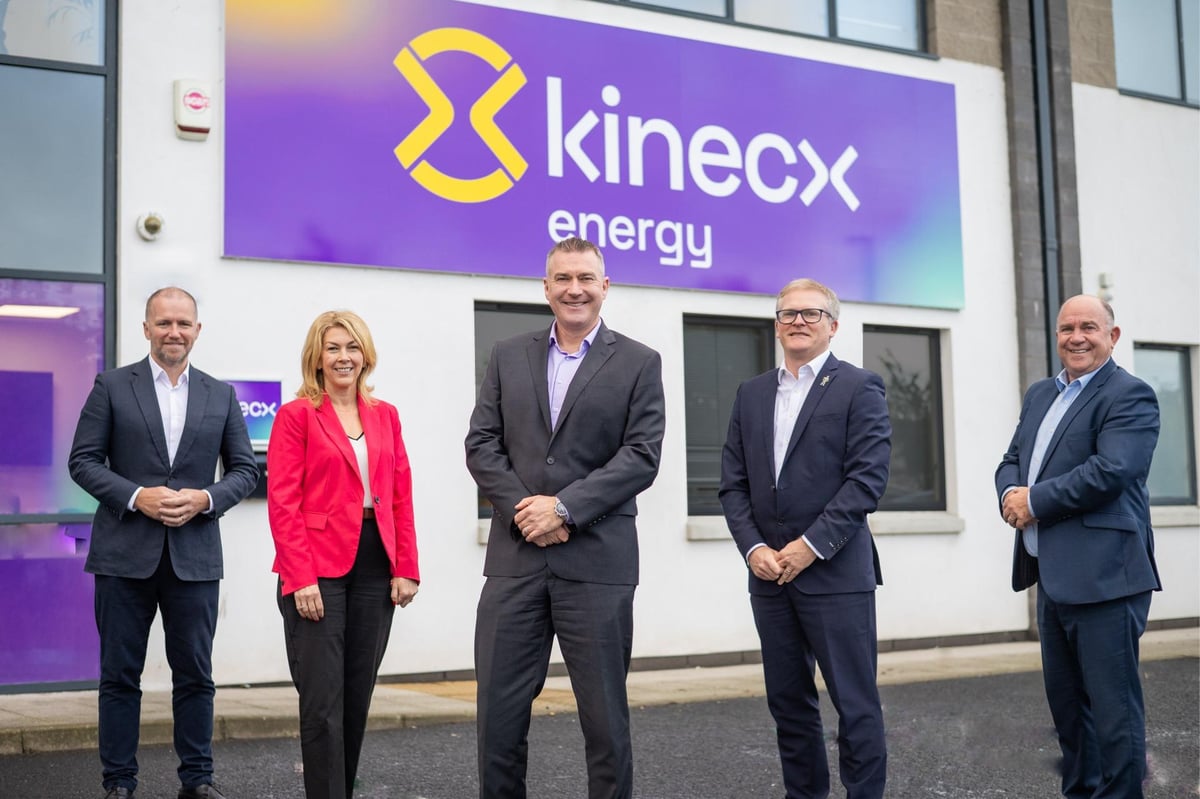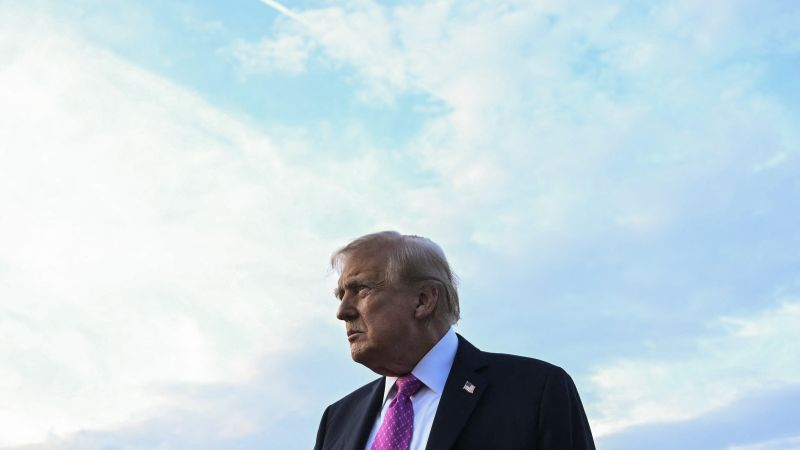Anthony Albanese accused of ‘bald face lie’ as experts expose major problem with net-zero plan
By Editor,Matt Jones
Copyright dailymail

Anthony Albanese accused of ‘bald face lie’ as experts expose major problem with net-zero plan
Power bills won’t decrease under emissions reduction target
READ MORE: Prime Minister orders Australia to slash emissions by 70 per cent
By MATT JONES, SENIOR NEWS REPORTER, AUSTRALIA
Published: 01:03 BST, 19 September 2025 | Updated: 02:40 BST, 19 September 2025
Anthony Albanese’s claim that renewables will slash $1,000 a year from power bills under the government’s new 2035 emissions reduction target has been branded a ‘bald-faced lie’ by experts.
The government announced the target, a 62 to 70 per cent cut in emissions, on the advice of the Climate Change Authority, chaired by Matt Kean, alongside billions in new energy, industry, and transport policies.
But energy price expert Bruce Mountain told the Daily Telegraph that instead of power bills covering the ‘enormous’ cost of new renewable generation, transmission, and storage, much of the expense is being shouldered by taxpayers.
In practice, he said this shifts the burden away from all consumers equally and onto higher-income taxpayers through the tax system.
Recovering new energy system costs from taxpayers instead of through power bills began with Prime Minister Malcolm Turnbull and the Snowy 2.0 project.
‘Since then successive governments, both of the right and left but mostly Labor, have expanded subsidies borne by taxpayers,’ Professor Mountain said.
Frontier Economics managing director Danny Price, who previously analysed both Labor and Coalition energy plans, said the government’s $1,000 savings claim was dishonest.
‘I suspect most Australians know it is a bald-faced lie,’ he said. ‘Either electricity prices will rise or taxes will remain high or rise, or possibly both.’
Anthony Albanese’s claim that renewables will slash $1,000 a year from power bills under the government’s new 2035 emissions reduction target has been branded a ‘bald-faced lie’ by experts.
MacroBusiness chief economist Leith van Onselen said the transition to renewables will continue to drive up household energy costs.
‘The phasing out of baseload coal power in favour of intermittent, weather-dependent solar and wind also makes the grid more reliant on expensive gas, battery, and pumped hydro generation, which drives up overall power bills.
‘The hundreds of billions of dollars of investments in renewables transmission will ultimately be capitalised into higher energy bills due to increases in the regulatory asset base. Households will also pay via their taxes for renewables subsidies.’
He said it was no coincidence that South Australia, which has the highest penetration of wind and solar at 75 per cent, also has the highest retail power bills.
He said that big renewable companies, transmission developers, and consultants were benefiting from the Albanese government’s green transition, while renters, pensioners, and low-income households were bearing the brunt.
‘There is a massive rent-seeking renewables industry benefiting from taxpayer subsidies and mandates, and households and businesses are bearing these costs,’ he said.
‘Growing up, the electricity bill was nothing. It was never an issue. Now it costs an absolute arm and a leg and is getting worse.
‘You have to ask yourself, why are we doing this [clean energy rollout] when we export seven times more coal than we burn ourselves, and four times more gas than we use ourselves?
Professor Bruce Mountain, from Victoria University’s Victoria Energy Policy Centre, disagrees with the governments power price predictions
Economist Leith Van Onselen warns power prices will continue to rise
‘China and India have about 1,400 coal-fired generators. Australia has 18. They are expanding their coal plants every year, while we’re shutting ours down. China burns 30 per cent more coal than the rest of the world combined,’ he said.
‘Australia should be an energy superpower with the lowest energy prices in the world, but instead, we’ve given ourselves the highest. We’ve made everything more expensive, from housing construction to manufacturing, because energy is the bedrock of the economy.’
By contrast, the government has leaned on AEMC modelling, which predicts household electricity prices will fall by 13 per cent and overall energy costs drop by 20 per cent, roughly $1,000 a year, as renewables roll out.
The regulator said bills would begin falling from 2027, though it admitted its forecasts only covered costs passed directly through to energy bills, not those funded by taxpayers.
Energy Minister Chris Bowen has stopped short of guaranteeing prices will fall.
‘I can guarantee that renewables are the cheapest form of energy,’ he told the ABC’s 7.30.
Thursday’s 2035 target sparked sharply divided reactions. Environmental groups said Labor should aim higher, while the business sector warned even the lower end of the target range would be ‘challenging.’
The Liberals dismissed it as ‘a train wreck,’ while the Greens accused Labor of bowing to coal and gas interests, demanding a 75 per cent cut.
Bowen indicated he will not seek to legislate the target unless the Greens back it.
Share or comment on this article:
Anthony Albanese accused of ‘bald face lie’ as experts expose major problem with net-zero plan
Add comment



